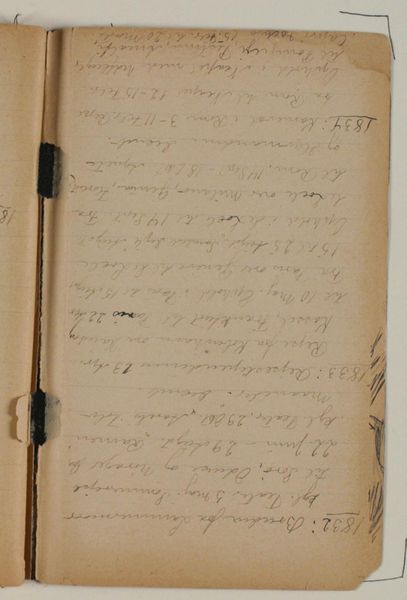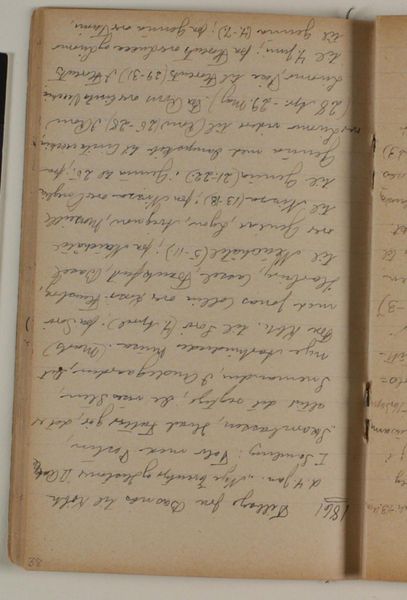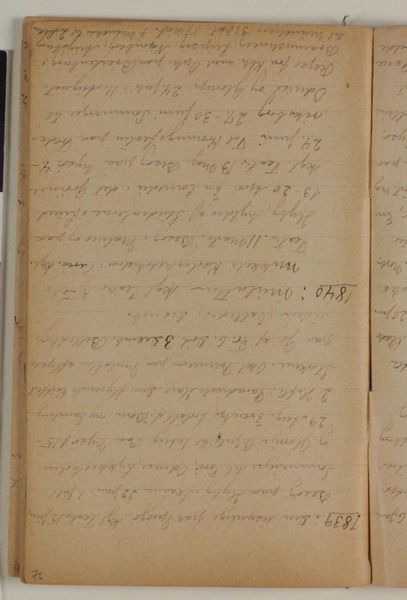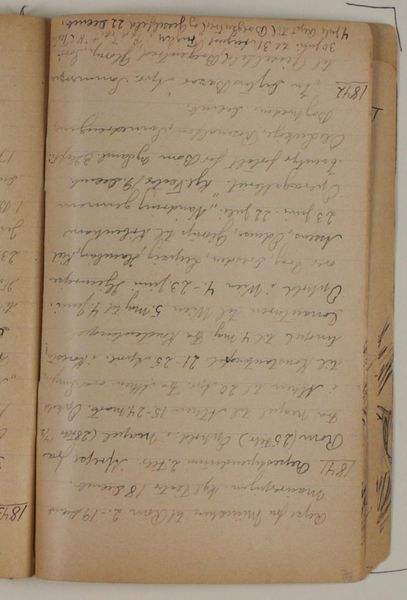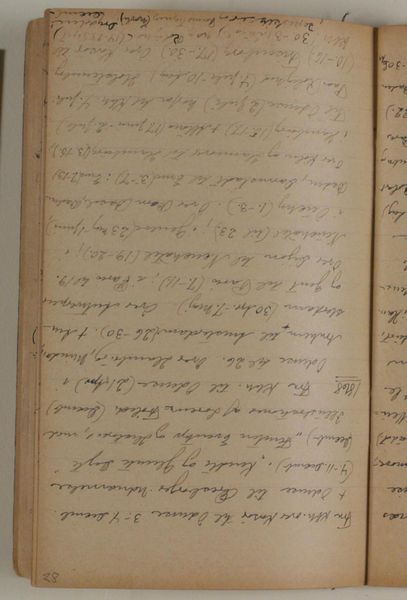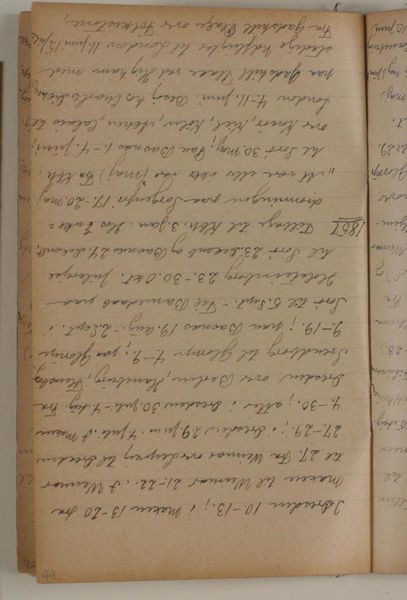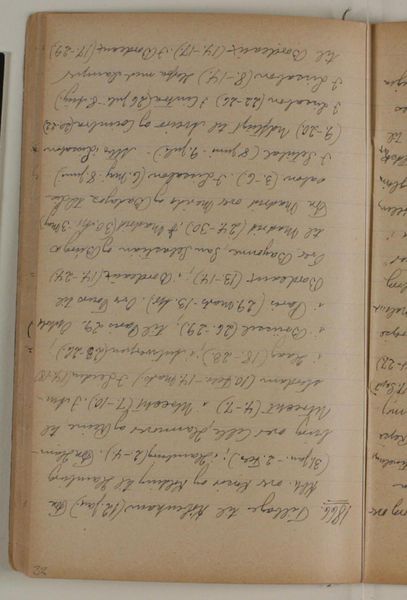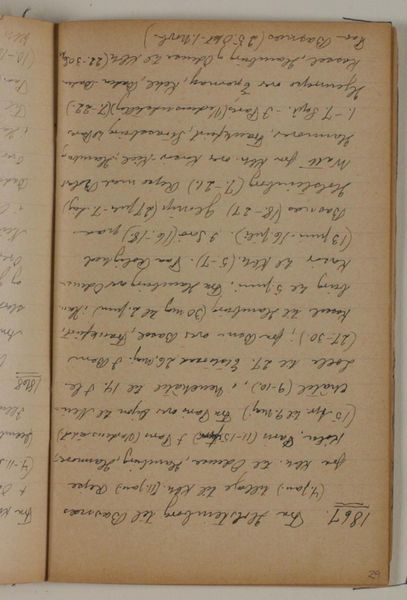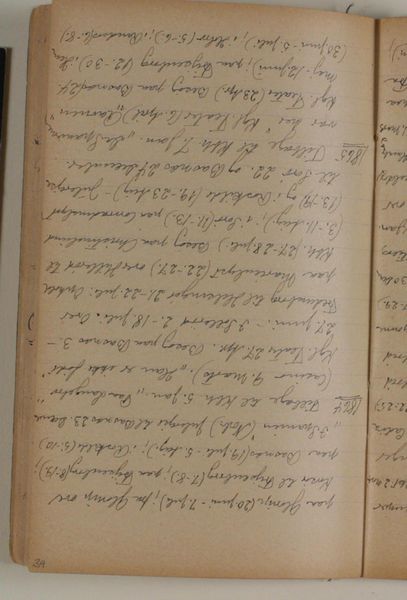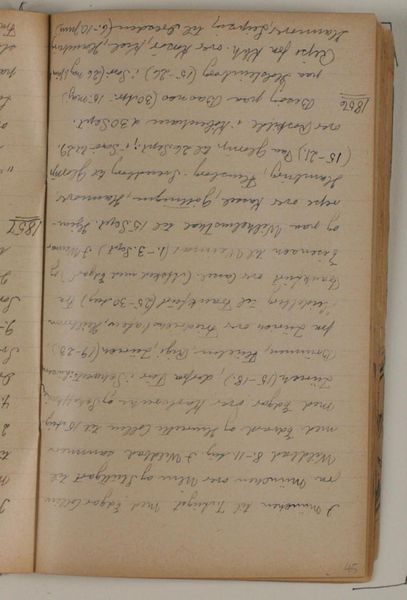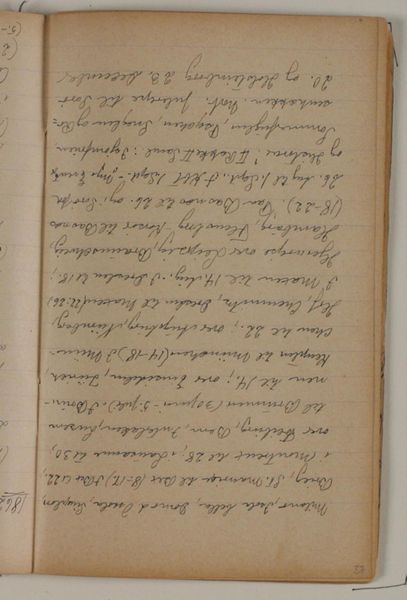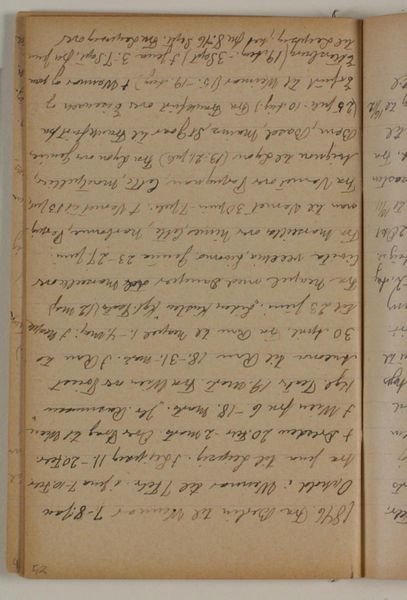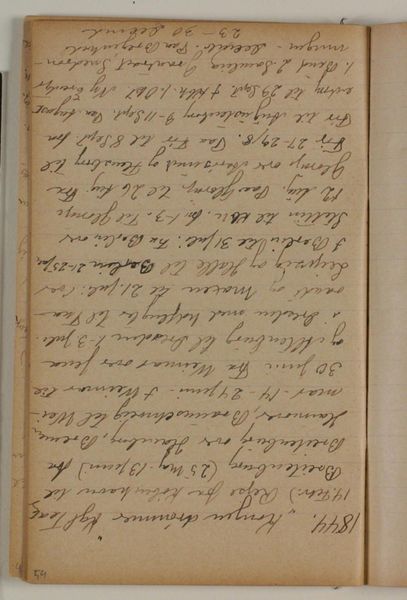
Tidstavle over H.C. Andersens liv 1843-1828 1930 - 1938
0:00
0:00
drawing, paper, ink
#
drawing
#
paper
#
ink
Curator: This ink drawing on paper is entitled "Tidstavle over H.C. Andersens liv 1843-1828", which translates to "Timeline of H.C. Andersen's Life 1843-1838." It was created by Niels Larsen Stevns sometime between 1930 and 1938 and now resides at the Statens Museum for Kunst. My initial reaction? It resembles an open diary, filled with intriguing, looping script. It definitely invites closer inspection. Editor: Immediately, the visual weight of the text calls to mind the concept of a personal archive or testament. Notice how the artist uses a dense accumulation of text to create an almost impenetrable wall. The individual details might be biographical, but, collectively, the act of documentation takes on an symbolic dimension—a visual encoding of memory. Curator: Absolutely. The timeline format provides a structure, yet the handwritten nature and lack of illustrations gives it an intensely intimate feeling. As an historian, I can't help but consider its context. Niels Larsen Stevns created this well after Andersen's death. It seems almost an exercise in memorialization. Editor: The visual texture achieved through layered writing becomes its own kind of symbol too. Repetition and layering serve as the visual rhetoric to denote history. Think about medieval illuminated manuscripts! And I love how the content creates a mirror--writing *about* writing. Curator: Precisely. The piece evokes the power of storytelling and history, highlighting their potential to weave lasting meaning across time. What strikes me is the act of assembling those years by visual transcription and not, for instance, illustration, especially as Andersen was alive at the rise of photojournalism. Editor: It acts as more than a timeline. Perhaps this piece can function as a memento mori, a personal reminder to use writing to live forever. After all, it has clearly succeeded. Curator: Fascinating thoughts. This piece clearly highlights the complex nature of commemoration, blending facts, memories, and visual encoding. Editor: Indeed. We are reminded that the telling of stories never quite comes to an end, so long as the images linger on to suggest them.
Comments
No comments
Be the first to comment and join the conversation on the ultimate creative platform.
